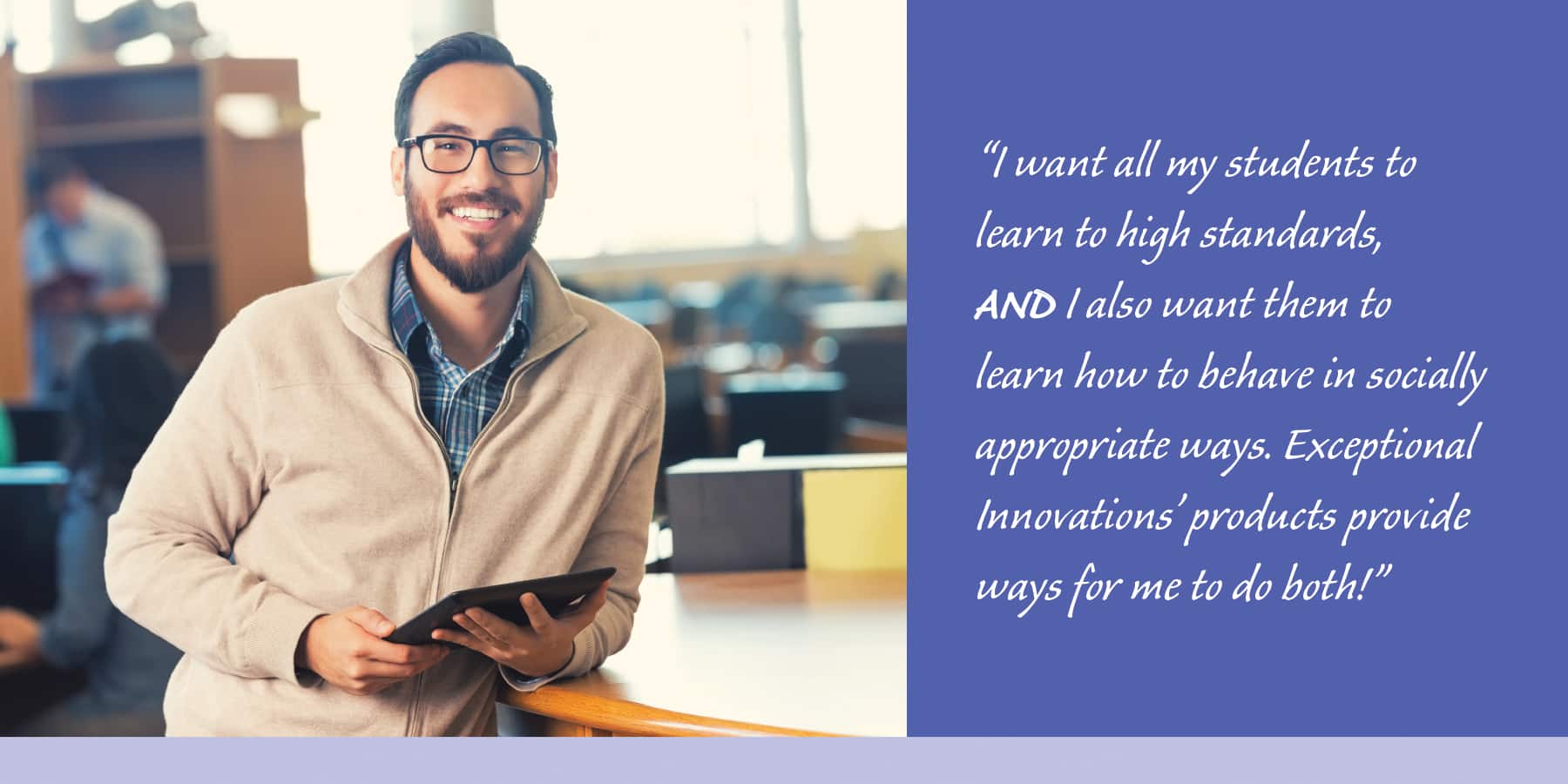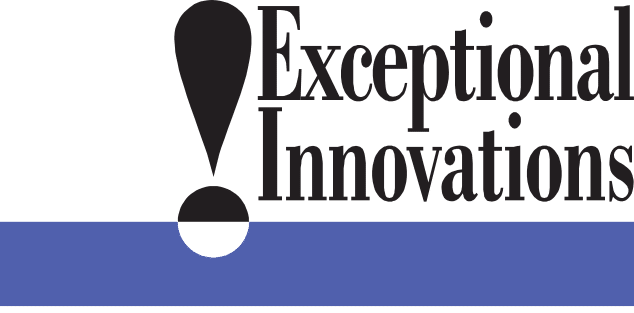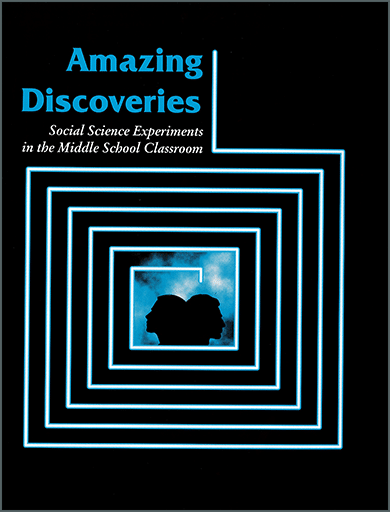
Students (grades 5-12) learn how to conduct scientific research, hone their math and reading skills, and discover basic truths about themselves and others with this innovative curriculum package. An exhaustive 400-page manual (in convenient 3-ring binder) includes everything you need for conducting 28 fun and challenging lesson plans. Each lesson is ready to use and contains:
- Teacher section with background information, discussion topics, procedures, and extensions.
- Student section with key vocabulary, introduction, procedures, vocabulary word games, and learning log.
- Blackline masters for handouts, overheads, activities, assessments, and forms.
The complete package also contains a 45 minute videotape that shows how teachers across thecountry are successfully using the program with diverse groups of students. Teachers represent urban, suburban, and rural school districts; teach in both general education, inclusive, and special education settings; and work with children who represent a diversity of cultural backgrounds. A final section in the complete package describes how teachers can use Amazing Discoveries to enhance social skills instruction, in the context of interdisciplinary units, in after school programs, and in teacher education inservices.
The program has been successfully field tested. Kids claim they “love it!”
Table of Contents
Preface v
Definitions of Key Vocabulary ix
1) Introduction 1-18
2) Lessons
Section 1: Basic Principles in Scientific Research 19-110
- What is the scientific method?
- Can you trust your eyes?
- The taste test.
- Does everyone see the same things?
- Let’s get the story straight!
- Leading questions.
- Do people say what they eat?
Section 2: The Influence of Thoughts and Feelings on Behavior 111-222
- What you expect is what you get.
- Self-fulfilling prophecy.
- When disaster strikes.
- Learned optimism.
- Observations, assumptions, and inferences.
- Knowing what other people know and do not know.
- The effect of positive moods.
Section 3: Social Influences 223-300
- Fitting the punishment to the criminal.
- How do you say “No”?
- My favorite pet.
- You get what you deserve.
- The listener’s influence.
- What happens when we pitch in.
Section 4: Social Communication 301-386
- Reading the pupils.
- How well do you use body language?
- What really happens when you say, “Uh huh”?
- Delivering bad news in a nice way.
- Convincing others you are correct.
- A good mood helps influence prosocial behavior.
- What do listeners need to know?
3) Implementation Guide
- Introduction 1-46
- Implementation Calendar 47
- Planning Form 48
- Running Record 49
- Curriculum Outcomes Addressed in Amazing Discoveries 53
- Amazing Discoveries Themes 54
- Amazing Discoveries Web 55
- Student Definitions of Social Science 56
- Social Science Concepts 57
- Which Music Type Do You Prefer? 58
- Tally Your Responses 59
- Scientific Method 60
- Tools for Understanding Human Behavior 61
- Template for Writing Leading Questions 62
- Thematic Unit on Responsibility and the Law 63
- Unit Plans 66
- Guide for Scheduling Lessons 67
- What Is the Scientific Method? 68
- Lesson Plan for “Can You Trust Your Eyes?” 69
- Prototype Funding Proposal 71
Read an excerpt of this publication in PDF.

